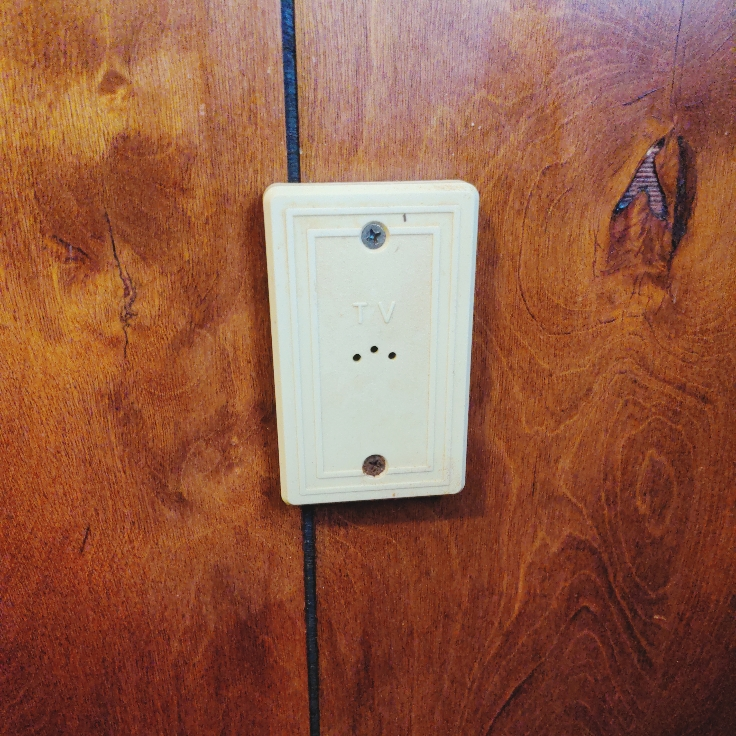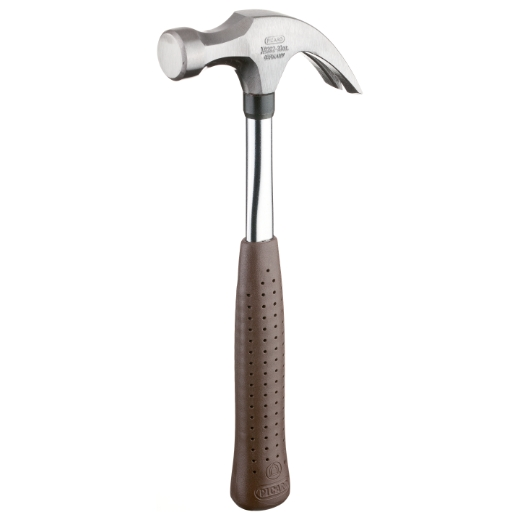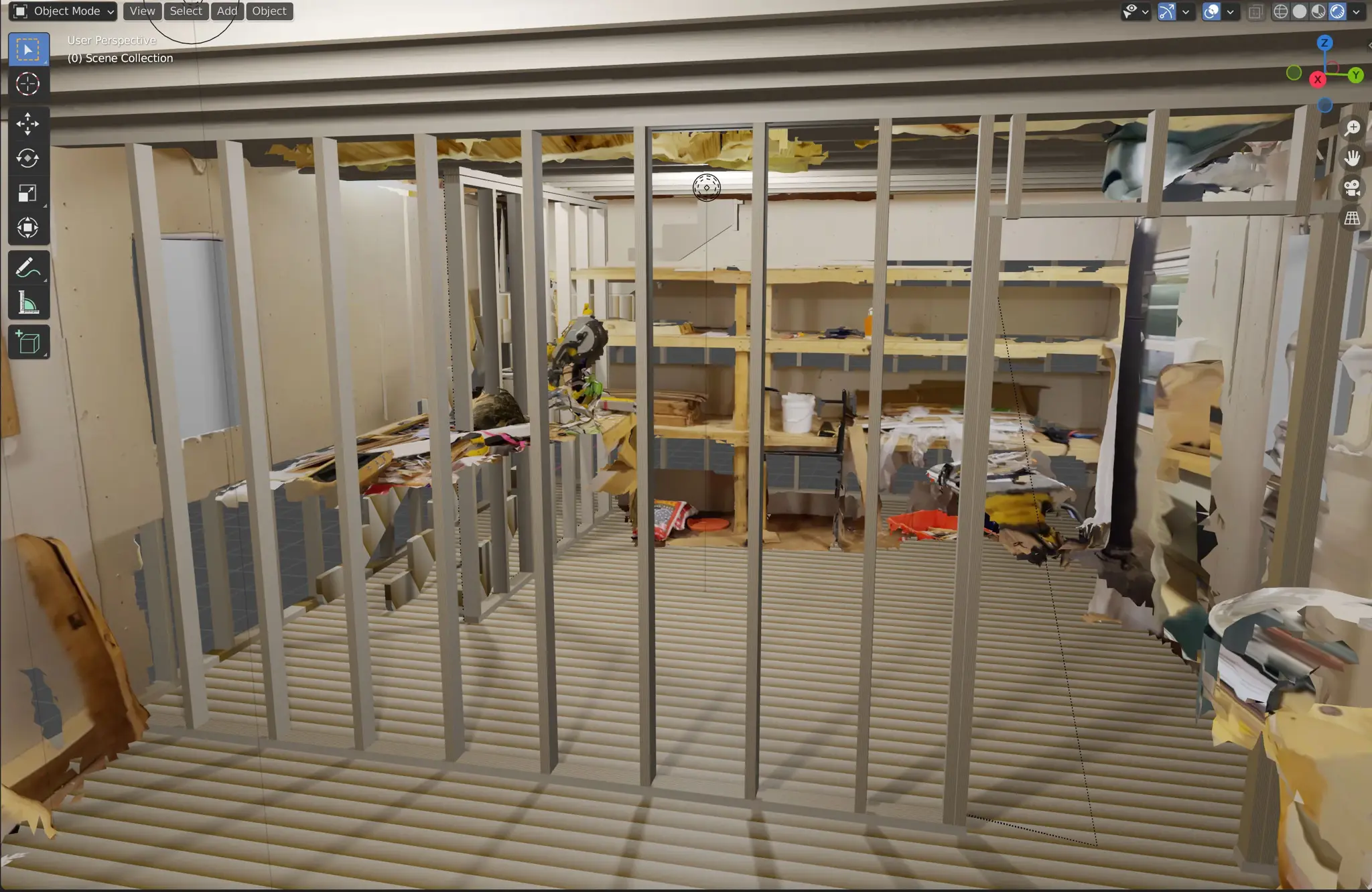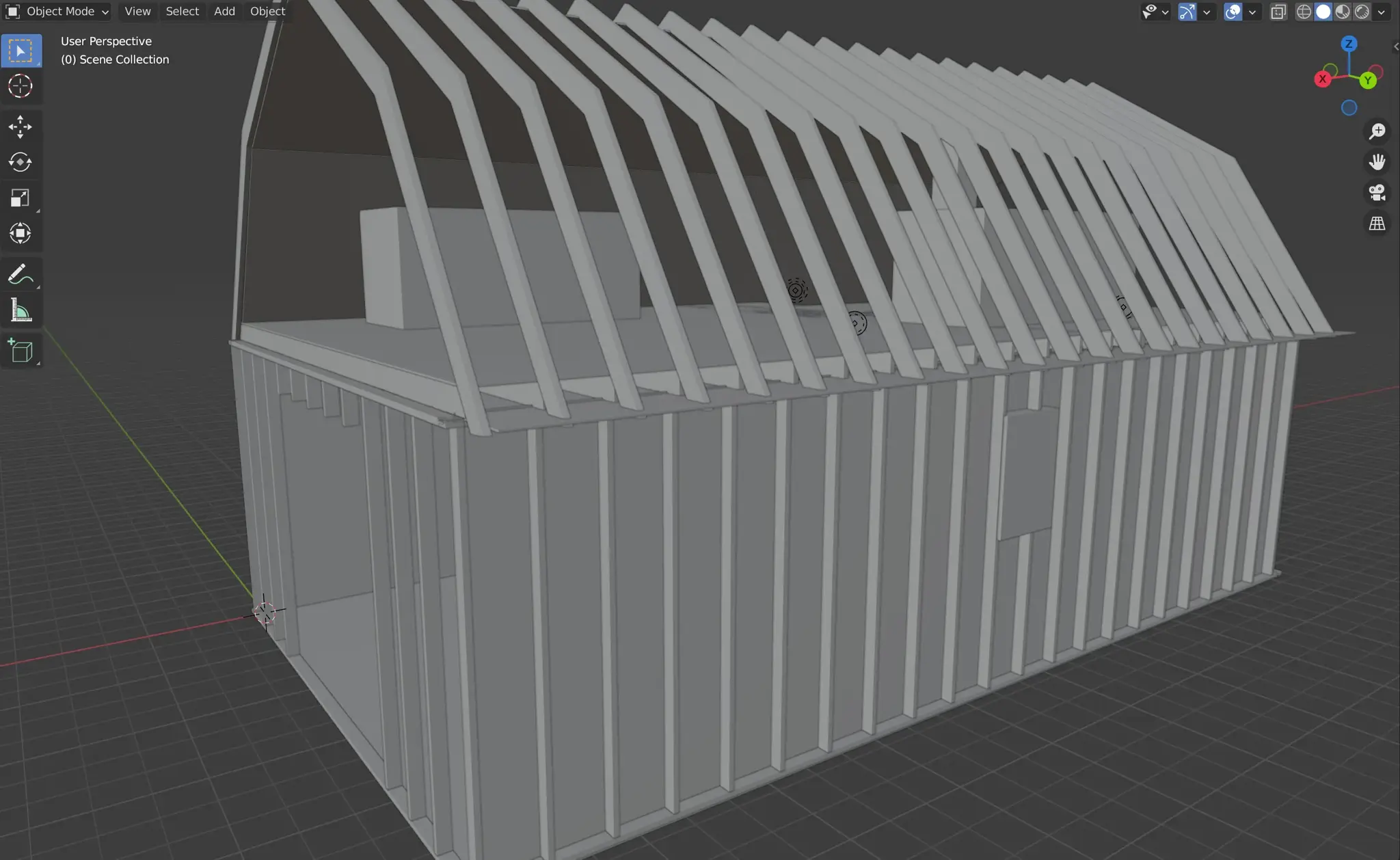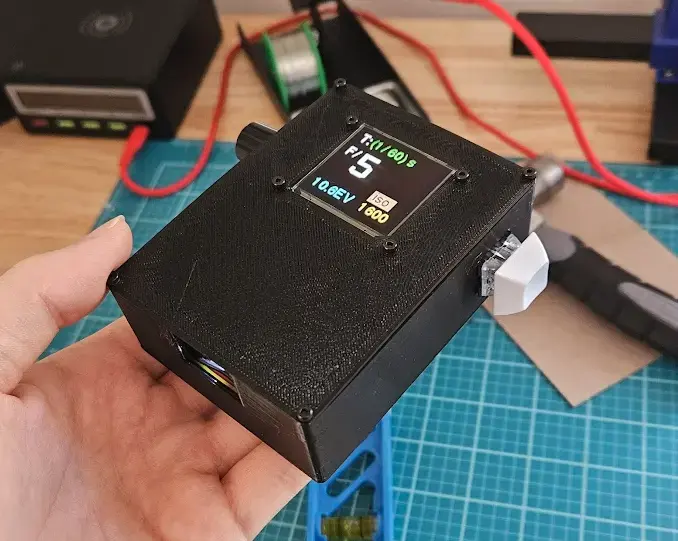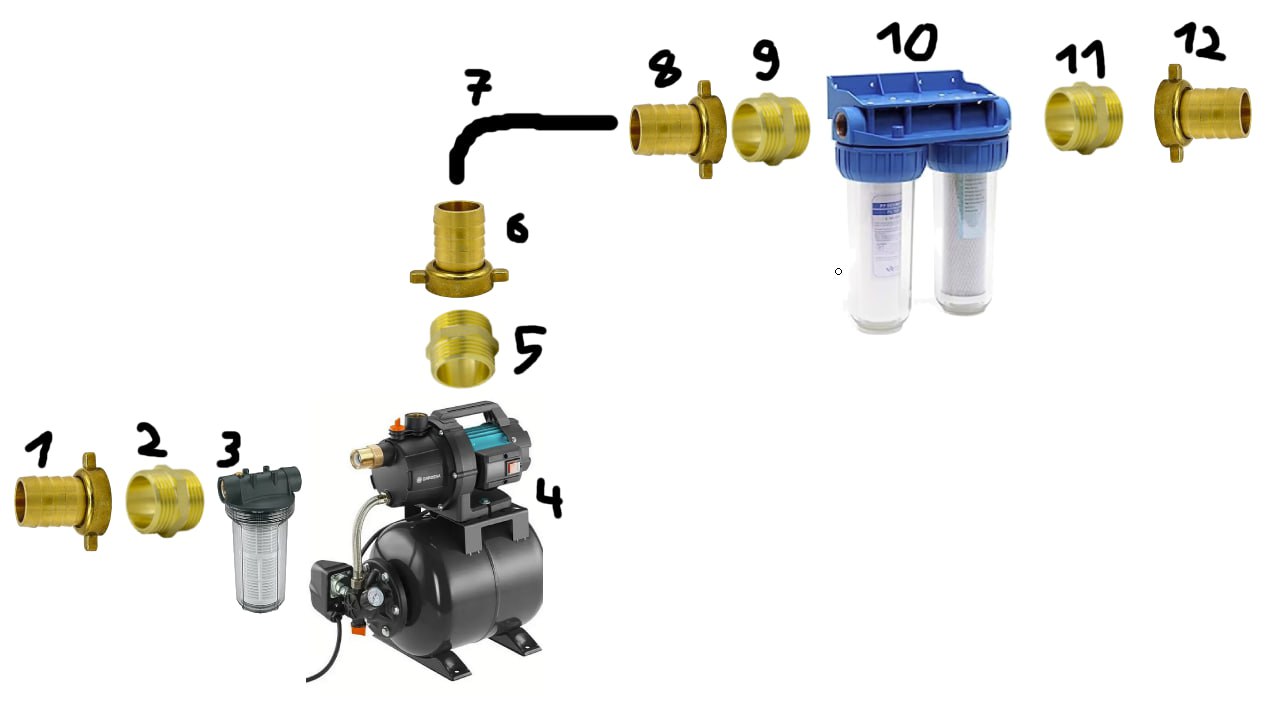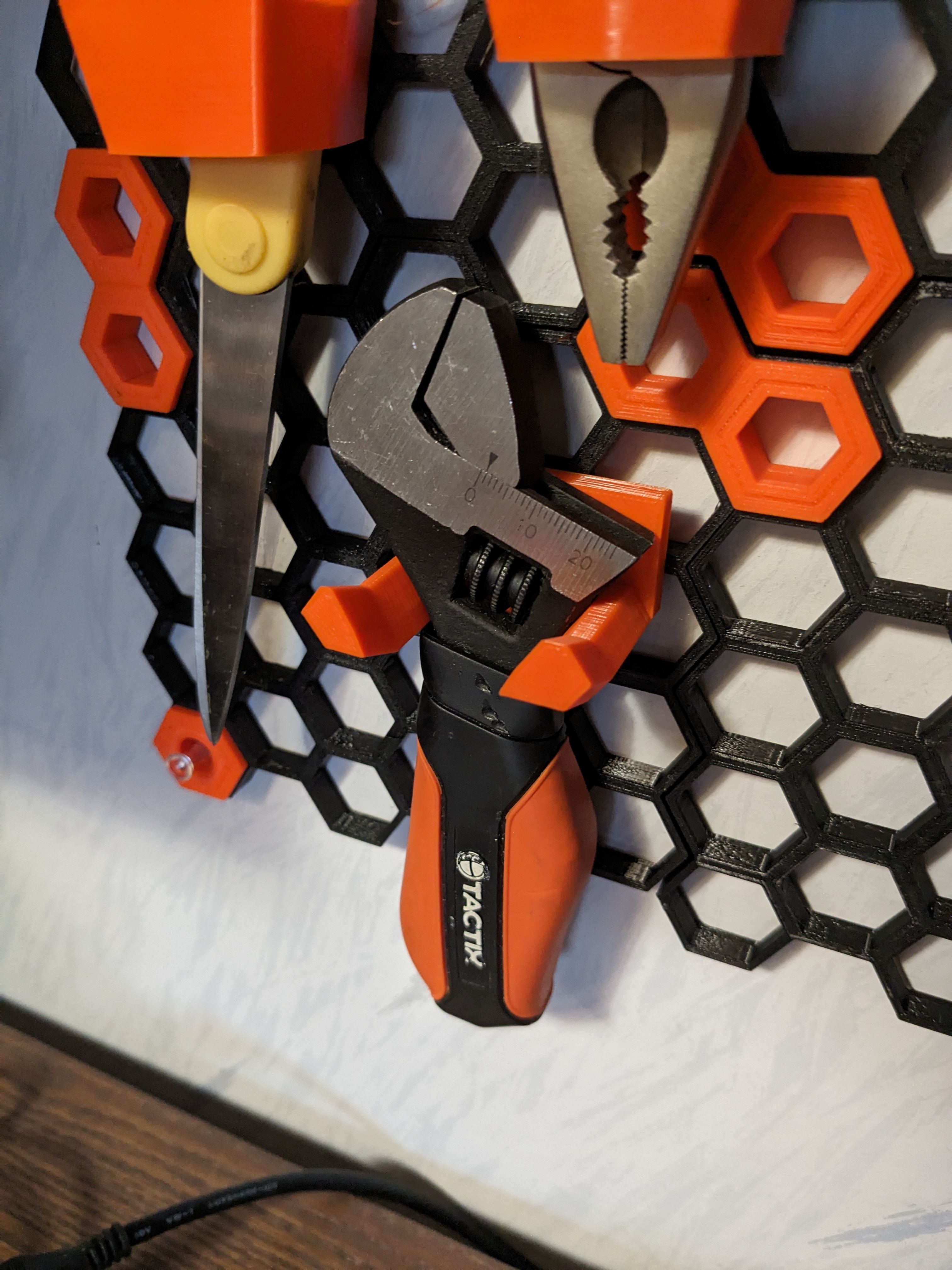Hello,
I am looking to buy a house with a lot of work that needs done. I am hoping to learn a lot from the experience so when I am living in it I can fix more myself rather than pay someone else to get it done. One of the first projects is going to be adding an internal staircase. The home used to be single family, but was converted a few owners ago to a duplex. When they did this they removed the stairs connecting the top and bottom floors. I plan to add that back in and make it single family again.
For the project itself, my step dad will be there to help install the stairs. But I don't want to fully rely on him, even though he does know what he's doing. We have done multiple, simple, project together before including installing multiple decks. The stairs for those were only 4-5 steps and pre-cut at Lowes though so I don't think there is much to take away.
The plan is to install the stairs where the old staircase used to be as I think that will make the most sense, but if I am wrong about that please explain why so I can consider that when viewing the house this week.
What I would like to know is when I am at the house next is what should I look for, how do I calculate what all I will need, what I will need, and if there are any good sources online for this kind of project.
What should I look for:
I am pretty sure the best place to build the stairs is going to be where they already were, but what should I look for that will tell me there is a problem that will arise?
How do I calculate what all I will need and what I will need:
I know I need wood, screws and brackets. I am sure 2 boxes of screws will probably be enough, and a trip to the hardware store will be easy for that. Same with the brackets. But how do I calculate how much wood I will need? What size boards do I use for each component? Will I need anything else?
Are the any good sources online:
My step dad is really handy with this stuff and I know he isn't going to let it get done wrong, but it's a struggle planning stuff ahead with him. When I ask him what I will need, he gives answers like "it depends" or "a lot" but he doesn't go into specifics. I would like to research a good bit on my own so when we do actually get together to do this he just needs to come over and help build it which is what he is great at.
I tried looking at YouTube and some google searches, but not much luck other than this wikihow (https://www.wikihow.com/Build-Stairs) which seems pretty comprehensive but I would like more than one article for a project this big. As for YT, it was videos on building prefab stairs and adding them to a home, or refinishing a current stairway, neither or which apply. If someone could supply a good website, or even a YouTube channel that I did not see I would greatly appreciate it.




